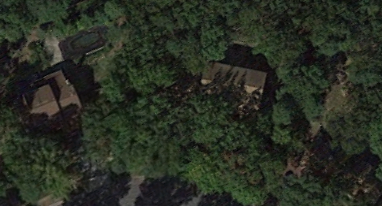Another Reader
Thinks s/he gets paid by the post
- Joined
- Jan 6, 2013
- Messages
- 3,413
In the Phoenix market, a solar lease kills a lot of sales and can make a property in the lower price ranges very difficult to sell. FHA buyers generally cannot take on the additional lease payment and often do not meet the lessor's lease assumption criteria. People that are not solar enthusiasts are concerned about maintenance and roof leaks. As near as I can tell, solar adds no value to the property and may limit the pool of buyers. Here in Silicon Valley, solar is largely considered an amenity. Does it add value? Hard to conclude that from the paired sales I have looked at.

